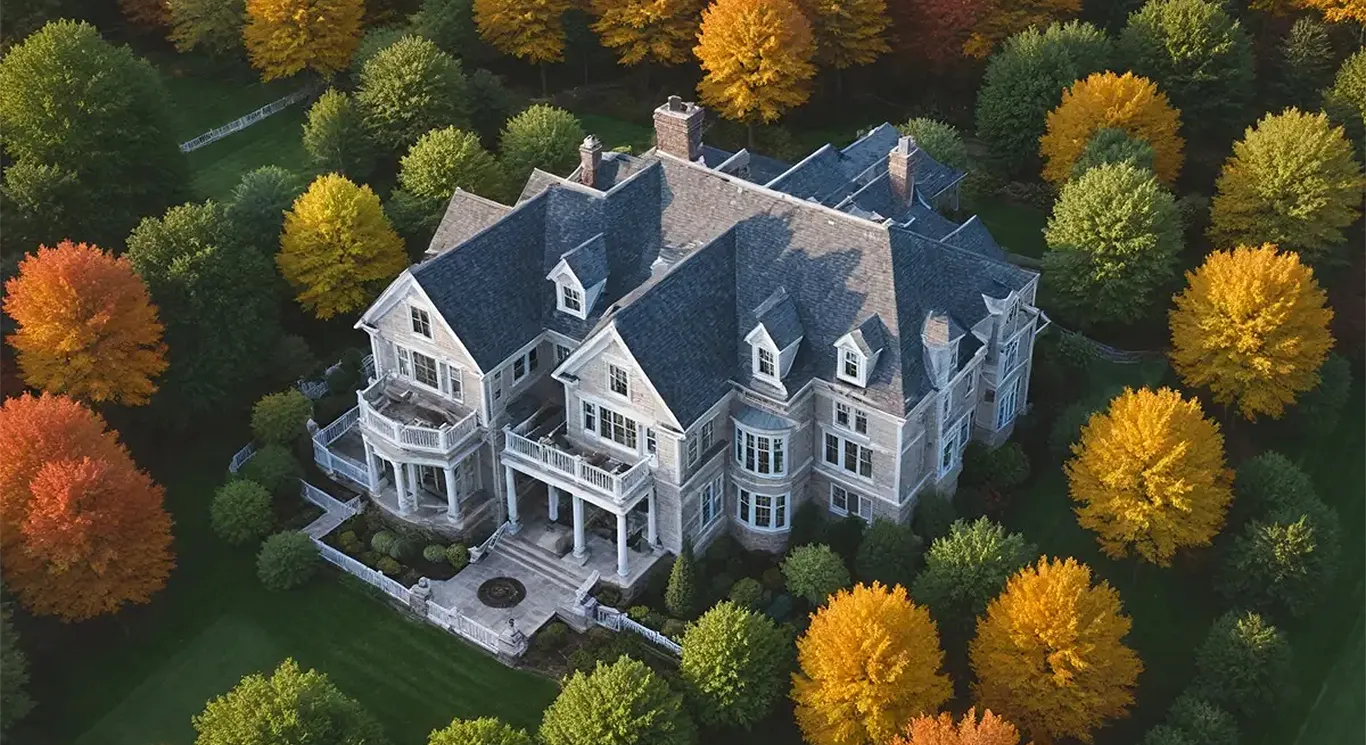A reverse mortgage is helpful, and such a product has the potential to benefit any homeowner, particularly those in their old age. There are three main types of reverse mortgages:
● Older Kinds of Reverse Mortgages: Home Equity Conversion Mortgages.
● Private Label Home Equity Conversion Mortgages.
● Introduction to Reverse Mortgages Single Purpose Reverse Mortgage.
These choices make it possible for reverse mortgage for seniors to access their home value without having to pay back monthly repayments. Your question is: what are the 3 types of reverse mortgages, what are their advantages, who can apply for a reverse mortgage, and what are its disadvantages? So complete your research here and then read on.

Type 1: Home Equity Conversion Mortgages
Home Equity Conversion Mortgages, or HECMs, are the most commonplace form of reserve mortgage. These reverse mortgage jumbo loan are federally insured with the aid of the U.S. Department of Housing and Urban Development through the Federal Housing Administration, offering a layer of protection no longer determined in non-federal reverse mortgages.
Benefits of HECM
HECMs provide flexible spending options, such as:
● Lump Sum: A single large charge.
● Monthly Payments: A consistent income circulates through the years.
● Line of Credit: Access to funds as needed, with potential for growth through the years if unused.

One key benefit of an HECM is non-recourse protection. Borrowers or their heirs will by no means owe more than the home’s value at the time of refund, despite the fact that the reverse loan jumbo loan stability exceeds this quantity.
Eligibility Requirements
To qualify for an HECM, the borrower needs to meet certain criteria, consisting of being as a minimum of 62 years of age and the use of the home as a primary residence. Applicants need to additionally undergo a counselling session with a HUD approved counsellor to completely understand the reverse mortgage implications.
Type 2: Proprietary Reverse Mortgages
Proprietary reverse mortgages, additionally known as jumbo reverse mortgage, are non-public loans specifically designed for better-cost homes that exceed federal lending limits. These loans offer larger quantities of money for owners with tremendous fairness in their properties.
Advantages of Proprietary Reverse Mortgages
Proprietary reverse mortgages offer better loan quantities than HECMs due to the fact they are not certain by using federal lending limits. They also offer extra flexible terms considering the fact that they are not regulated by the equal rules governing federally insured reverse mortgages.
Risks of Proprietary Reverse Mortgages
However, those loans come with higher risks. They do not provide the identical federal protections as HECMs, meaning there's no non-recourse feature that can reveal debtors or their heirs to economic dangers. Additionally, proprietary reserve mortgages may have higher costs and hobby quotes than federally insured loans, making them more expensive.
Type 3: Single-Purpose Reverse Mortgages
Single-reason reverse mortgages are designed for unique needs, together with paying for domestic repairs or property taxes. They are usually presented by way of kingdom organizations, neighborhood governments, or nonprofit agencies.
Benefits of Single-Purpose Reverse Mortgages
These loans typically come with reduced costs, making them more inexpensive. They also are focused on helping house owners meet particular financial desires.
Limitations of Single-Purpose Reverse Mortgages
However, unmarried-purpose reverse mortgages are less broadly to be had and frequently have income regulations, restricting eligibility to lower-profit debtors.
A reverse mortgage can be a useful device for getting access to home fairness in retirement. However, it is important to understand the different types and their risks. Carefully keep in mind your wishes and eligibility before selecting the proper option.